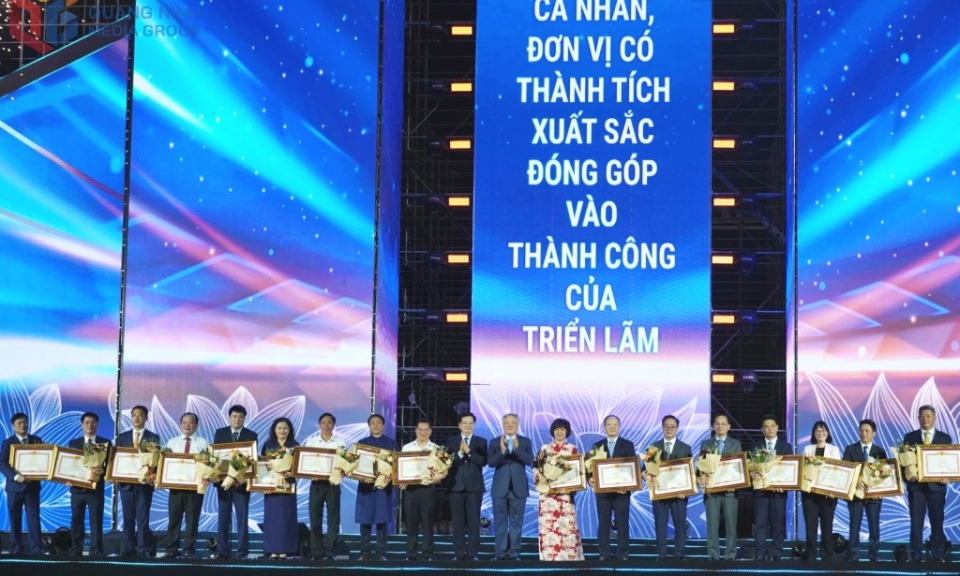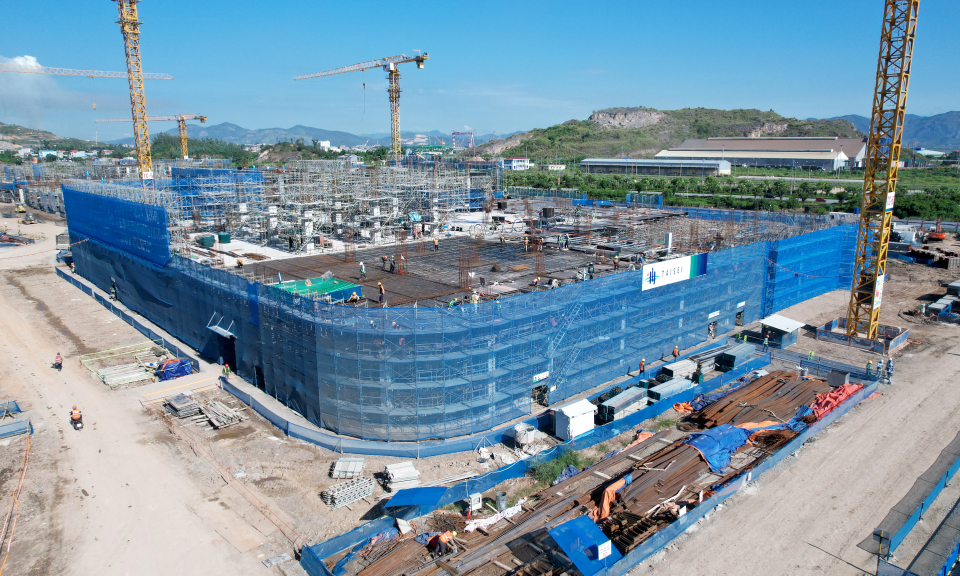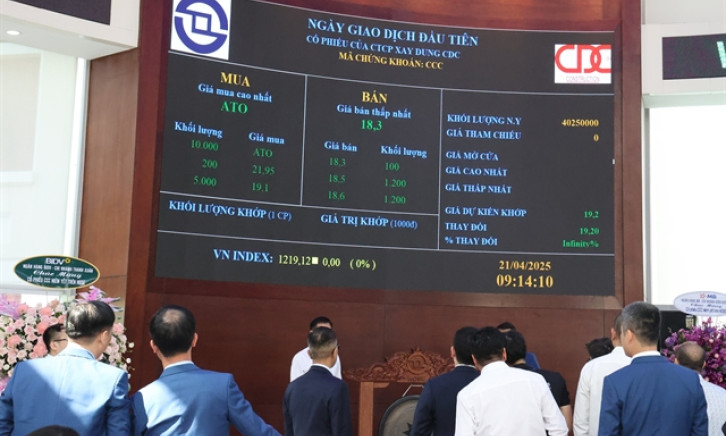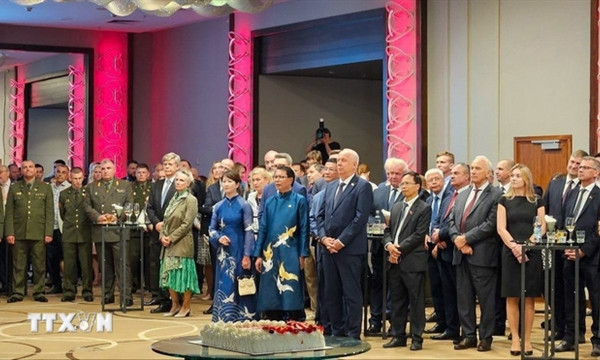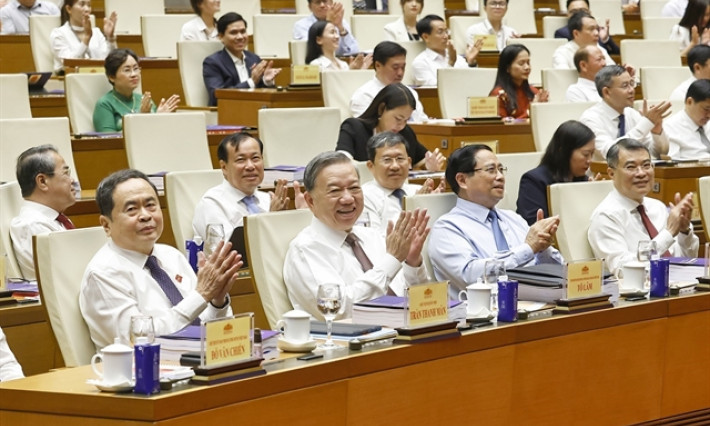More actions urged to be taken to have 50,000 AI, semiconductor workers
The effort is part of the Government’s broader strategy to strengthen domestic capabilities in high-tech industries and gradually move up the global value chain.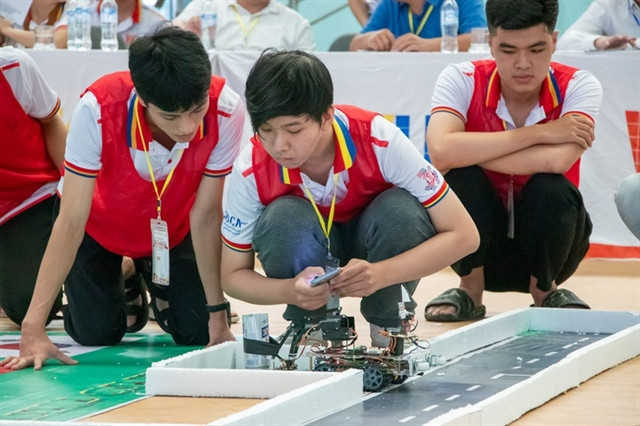
Việt Nam is stepping up efforts to develop high-quality human resources for its semiconductor and artificial intelligence (AI) sectors, with new policies and strategic initiatives aimed at closing persistent talent gaps.
The 2024 Law on Science, Technology and Innovation outlines a range of incentives to promote workforce development in these high-tech industries. These include support for training, housing and income tax relief, as well as streamlined administrative procedures. Notably, the law introduces the concept of a chief engineer – a project leader with decision-making authority over personnel, funding and procurement, including direct purchases of foreign technology.
Speaking at an international seminar held early this week, Nguyễn Thị Kim Anh, a member of the National Assembly’s Committee on Science, Technology and Environment, said the legal framework reflects the Party’s strategic priorities on innovation and national competitiveness. It is expected to accelerate the implementation of Việt Nam’s Semiconductor Industry Development Strategy to 2030, with a vision to 2050, and the Human Resource Development Programme for the Semiconductor Industry to 2030, approved in September 2024.
Solutions proposed at the seminar focused on enhancing interdisciplinary education, building global partnerships, and attracting overseas Vietnamese talent.
Đỗ Tiến Thịnh, deputy director of the National Innovation Centre (NIC), called for training programmes that combine engineering with strategy, finance and intellectual property. He also recommended offering tax waivers, research funding and leadership roles in national projects to skilled Vietnamese professionals abroad.
“Firms like Viettel and FPT have developed capable tech leaders internally,” he said.
“But scaling this up requires a more systematic approach and exposure to global markets and standards.”
Experts agreed that stronger collaboration between universities, the government and businesses is essential to meet the growing demand for skilled workers. They stressed that current training programmes in Việt Nam remain fragmented – often overly focused on technical skills or business knowledge – and fail to produce professionals capable of operating across both domains.
Associate Professor Nguyễn Anh Thu, vice rector of UEB–VNU, said Việt Nam must invest more in building human capital to compete in high-value areas such as chip design and research.
“Human resources remain a bottleneck,” she said. “We need people who not only understand technology but also have knowledge of management, law and international business.”
Việt Nam has set a target to train at least 50,000 high-quality workers for the semiconductor and AI industries by 2030. This includes 42,000 engineers, 7,500 master's degree holders, 500 doctoral researchers and 5,000 AI specialists.
However, the goal is widely considered ambitious due to the current shortage of experienced professionals and the intense global competition for talent. Despite these challenges, officials and experts remain optimistic that with coordinated planning, sufficient funding and consistent implementation, Việt Nam can steadily build a competitive workforce to support its high-tech ambitions

